30. Ancient Egypt
There are many things researchers haven’t discovered about Egypt, but with the advancement in technology, mysteries are slowly being unveiled. A group of researchers has recently discovered new information about the mummy of a man.
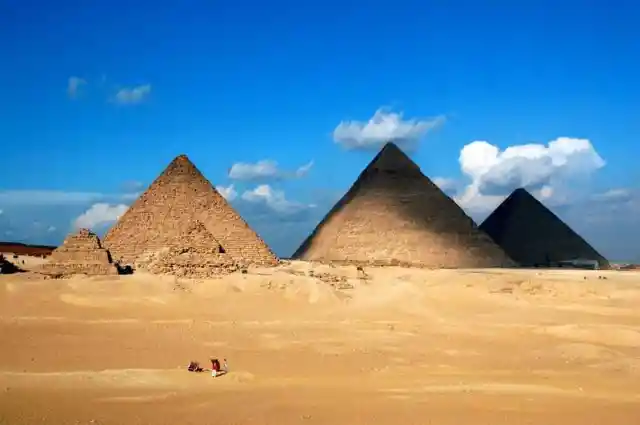
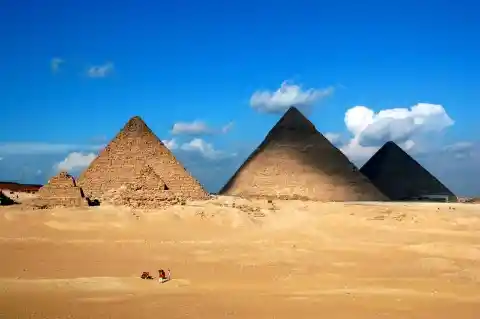
While only the discovery of a mummy would make scientists thrilled because it meant they’d learn more about Egyptians’ past, they were now also able to find out the cause of death of a man that lived 2,100 years ago! Researchers used CT scans to find out more clues about the life of this mummy and their discovery was quite unexpected… Archeologists and historians are still digging up incredible discoveries from Egypt to this day. Considering Pharaohs loved to bury all their treasures and the workers within pyramids, this meant archaeologists would be very busy, revealing the lost artifacts and finding out their millennia-old secrets.
According to many historians, Egyptians were ahead of their time in terms of technology and science. Just take for example how the pyramids are aligned with the stars.
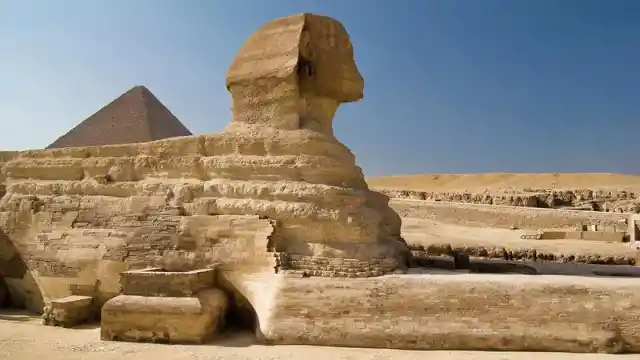
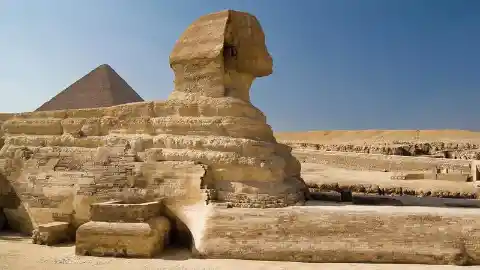
This is why so many people believe the conspiracy that the pyramids were actually built by aliens. Moreover, scientists haven’t yet found out how Egyptians were able to build the massive tombs!
We all know that Egyptians had a unique technique of burying their dead. They would carefully extract all the internal organs and place them in special jars and then treat the body with special balms.
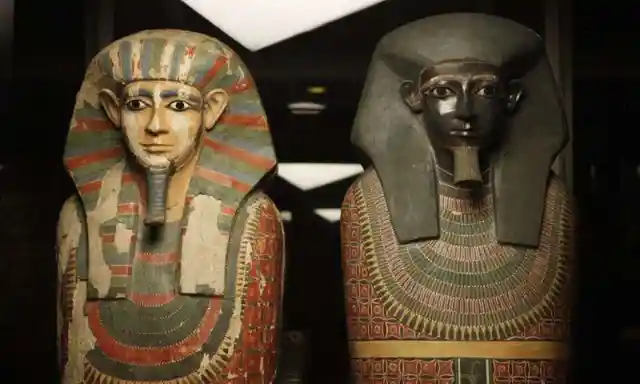
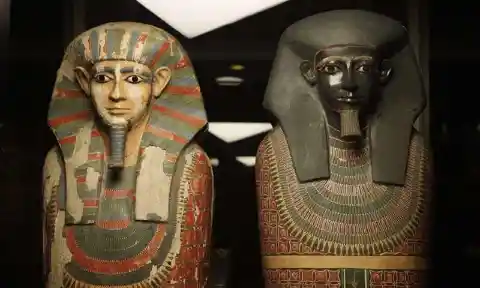
Finally, the body was covered in linen and placed in a sarcophagus. Then, according to the status of the departed one, the sarcophagus was placed in a common tomb or in the pyramid, if it was of royal descent.
Archaeologists have found numerous mummies of Pharaos, elite or common Egyptians buried all around Egypt. Nearly 2,100 years ago, a young man lived in Thebes and had died of a painful and strange illness.
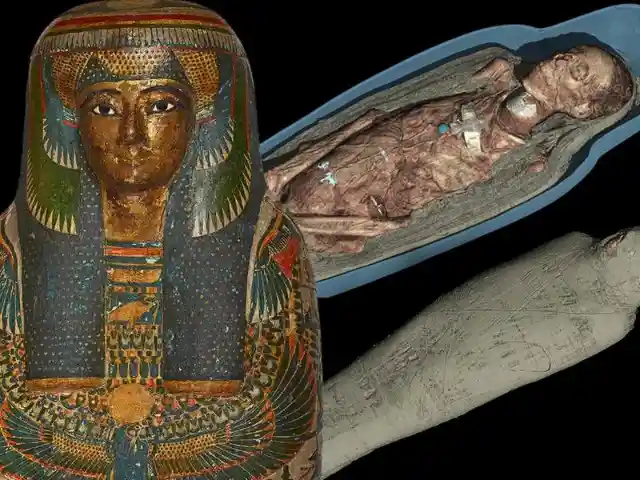
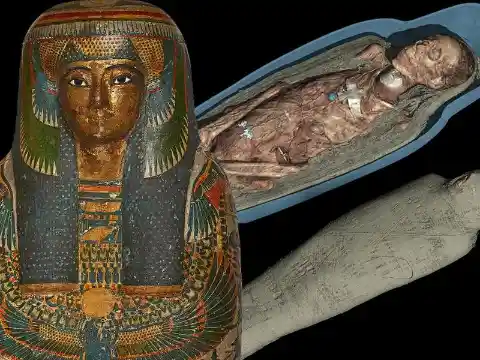
He wasn’t old, and he wasn’t of royal descent… Researchers would soon figure out the mystery behind his untimely death.
Ever since mummies were discovered, people were fascinating with finding out what was under the bandages. Starting with 1821, collectors would buy mummies and some of them would entertain their friends by unwrapping them!
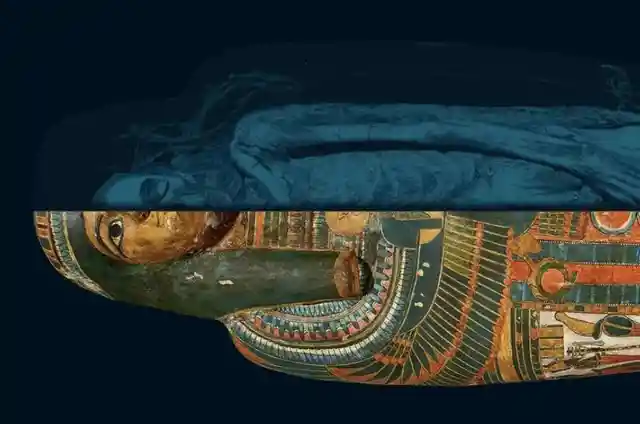
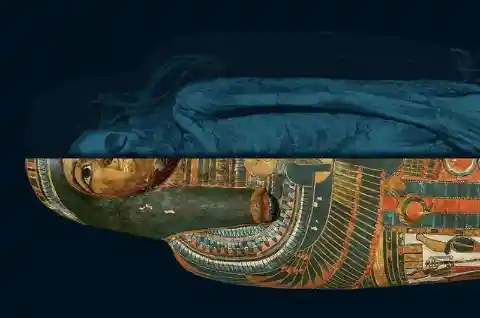
Unfortunately, it wasn’t done for the sake of science, but for popularity and even for money. Nearly 200 years later, we’ve learned that preserving mummies is essential, so scientists found a way to investigate the bodies without unwrapping them!
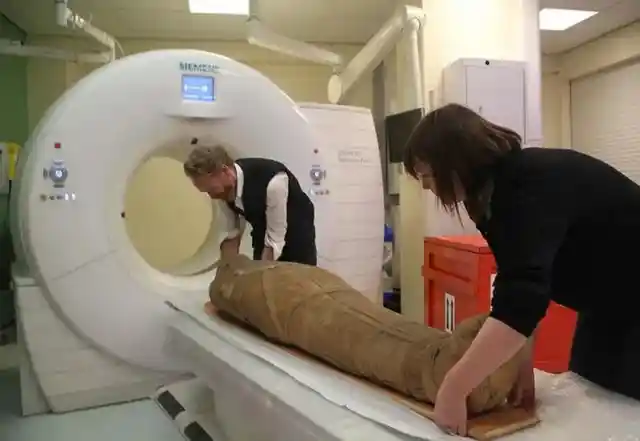
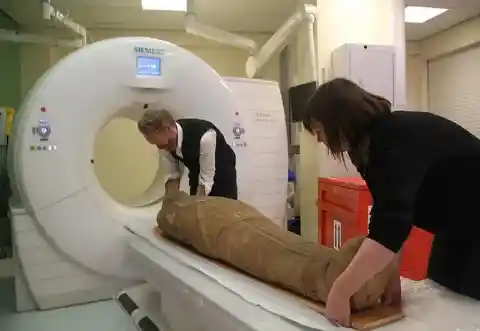
Daniel Antoine, the curator of physical anthropology at the British Museum’s Institute for Bioarchaeology (London), explained that in the past “many unwrappings were crude and motivated by curiosity, providing little information.” But today, thanks to CT scans, researchers were able to find out how this ancient Egyptian lived his last days on Earth!
As we have previously mentioned, this mummy did not belong to the royal family. It’s actually a normal Egyptian man that appeared to have been a little wealthier than the usual workers.
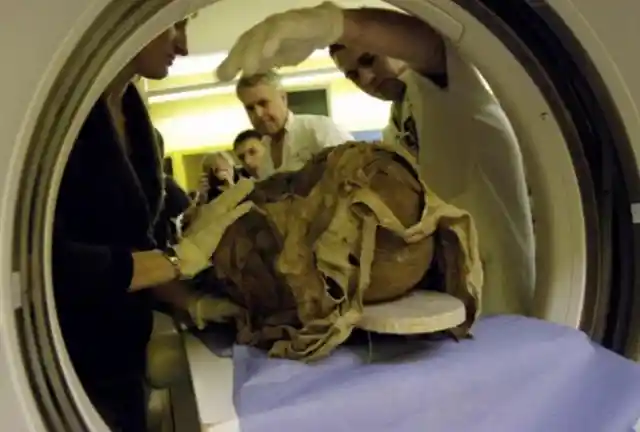
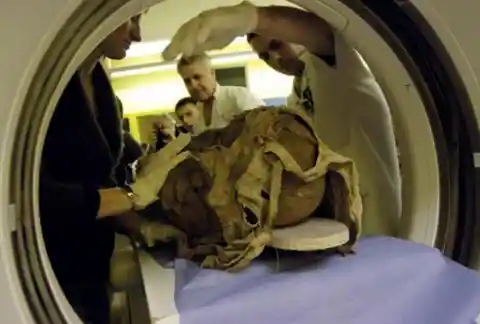
The interesting thing about this man is that he passed away in his late 20s. How did the researchers find out about his time of death?
Researchers see mummies not as a piece of art, but as human remains. Thus, to make sure the bodies are not harmed, they use CT scans to learn more about the “extinct societies,” explains Vincent Mellnick, MD (Washington University School of Medicine in St.
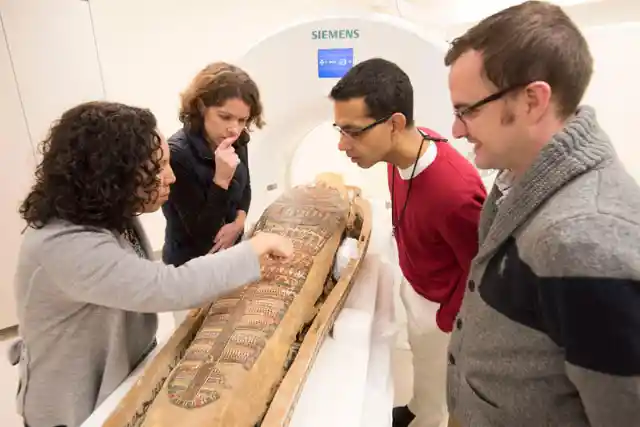
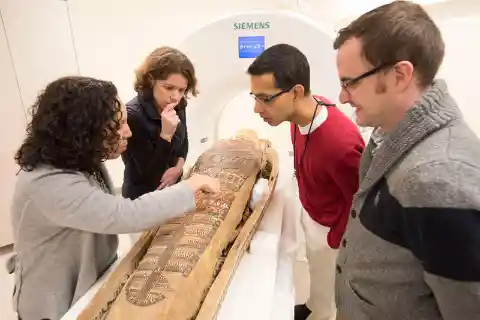
Louis), who has a long experience of conducting CT scans on ancient ‘patients.’
CAT scans helped scientists solve the mystery of mummies deaths! They were able to find out the age of the man when he died and also the cause of death without lifting bandages and removing tissue.
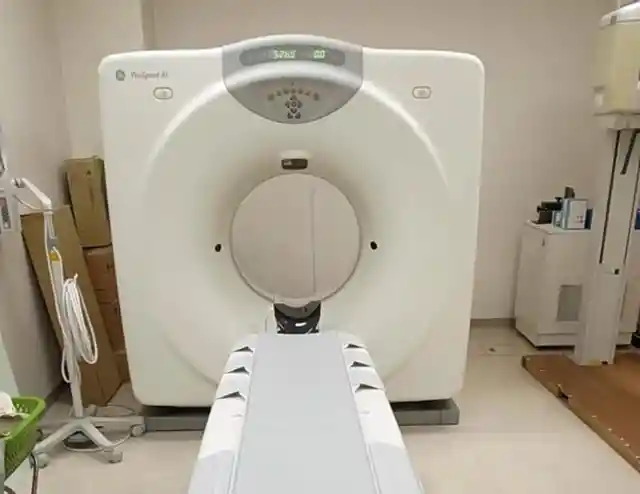
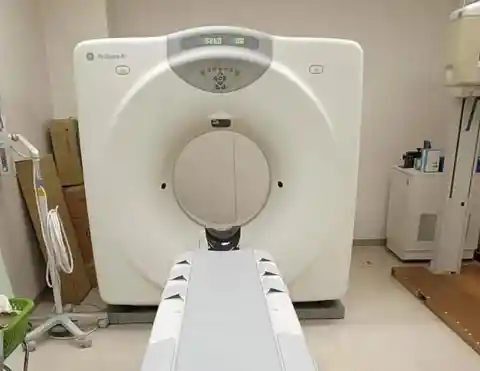
What researchers didn’t expect was to see that the man died from a common illness - but his condition also revealed an ancient medical procedure!
Researchers led by Andrew Wade used high-resolution CT scans of the man’s body and discovered what would be the first case of a medical procedure nobody knew Egyptians were able to perform.
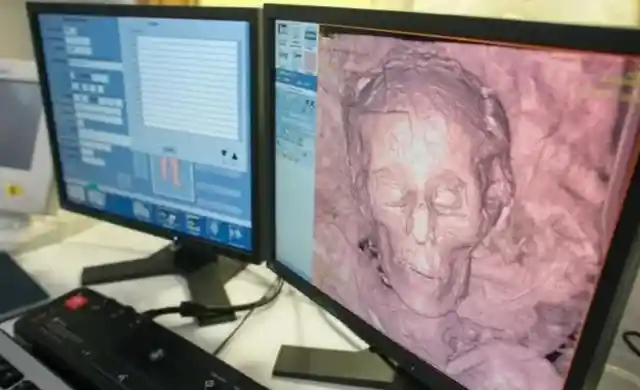
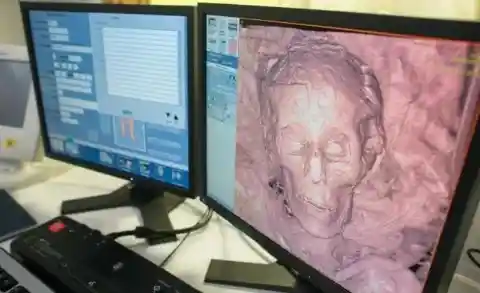
Here’s where things get really interesting…
In the CT scans, researchers saw that the man from Thebes had numerous cavities and abscesses, along many other dental ailments.
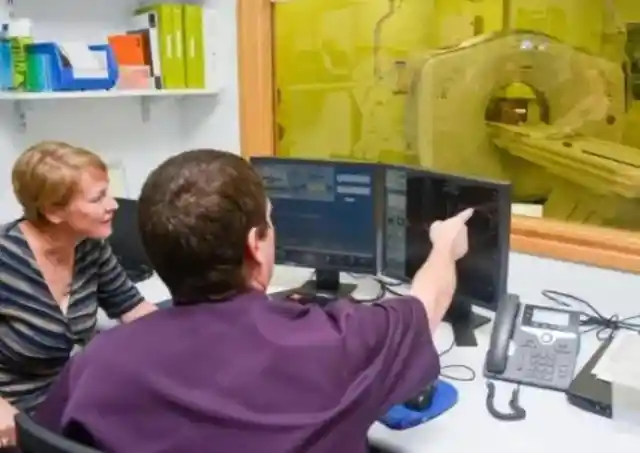
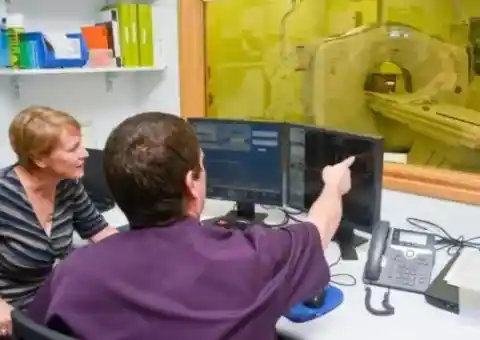
With so many dental issues, the man was probably in great pain, so what did he do?
You read that right, the Egyptian saw a doctor for his teeth aches, and researchers saw proof in one of the cavities. We know Egyptians used strange methods to relieve pain in the ancient times, but to think there were dentists 2,100 years ago is quite baffling!
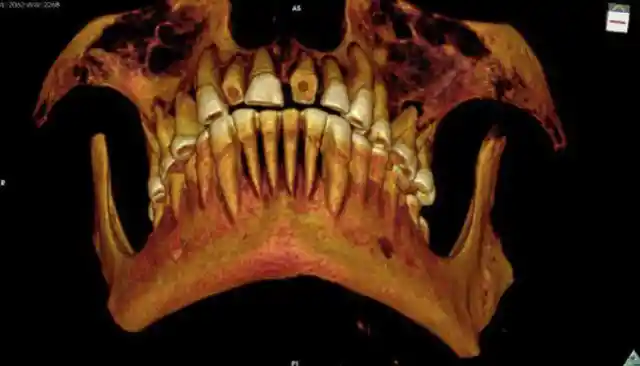
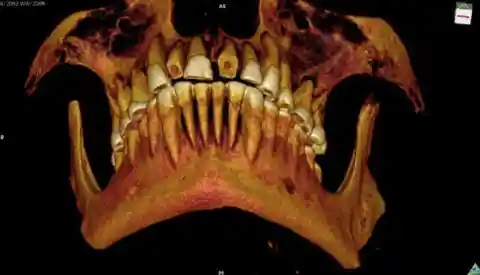
Here’s what Andrew Wade’s team found out…
Even though Egyptians created lots of useful tools, these items were not known for their accuracy. As you can imagine, getting dental work done was really hurtful back then.
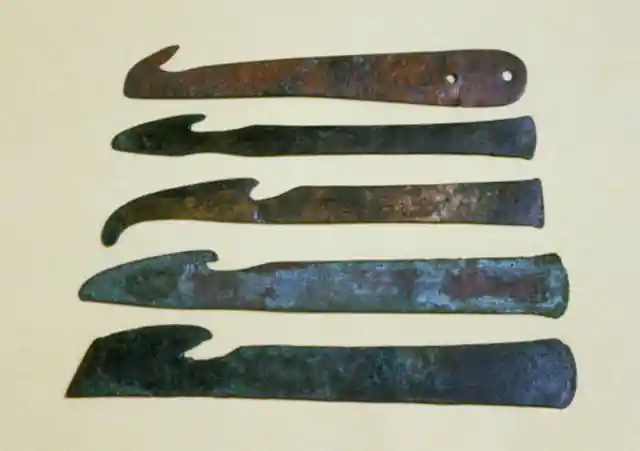
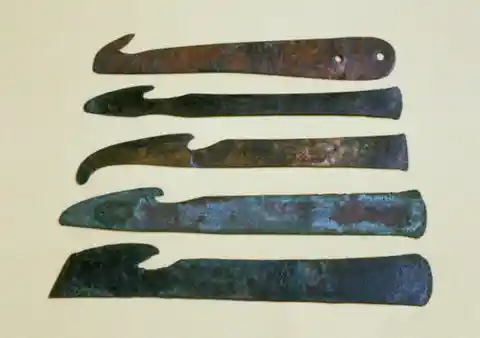
On the other hand, the man didn’t have any other option since his cavities were literally slowly killing him.
Researchers studied the CT scans and concluded that the doctor who tried to fix the mummified man’s problem were surely overwhelmed. This type of cavities are difficult to treat with today’s knowledge and technology.
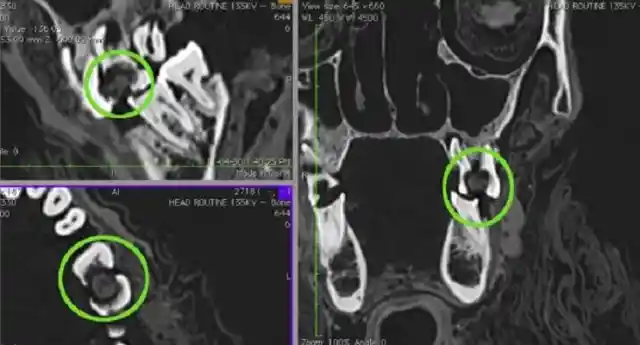
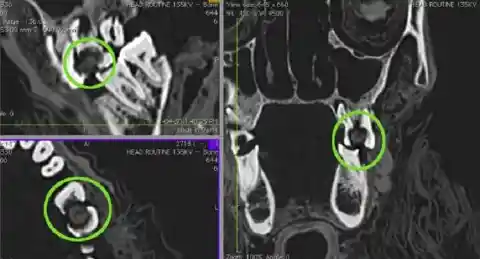
However, the Egyptian dentists didn’t give up on the patient.
One of the things that stands out the most about the mummified man’s teeth is that the cavities are filled with a linen mass that was probably dipped in fig juice or cedar oil to keep food away from the cavity.
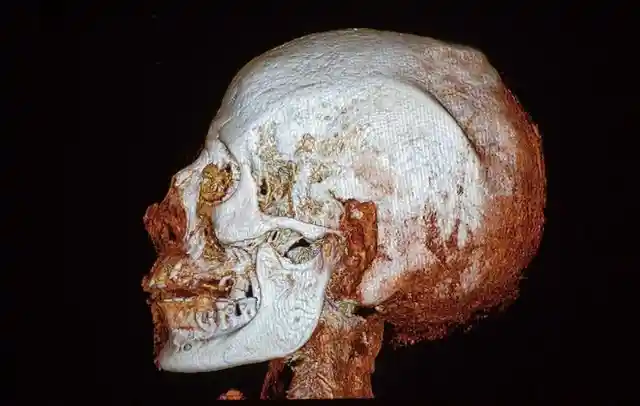
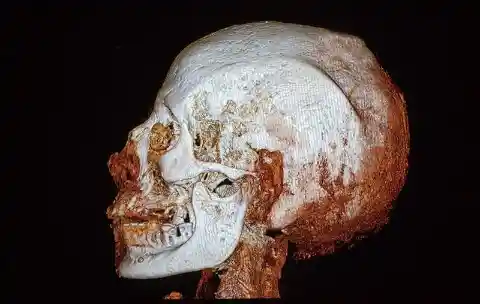
This was their way of fixing cavities and it probably hurt like hell.
"The dental treatment, filling a large inter-proximal cavity [a cavity between two teeth] with a protective, likely medicine-laden, barrier is a unique example of dental intervention in ancient Egypt,” wrote the research team in their paper published in the International Journal of Paleopathology.
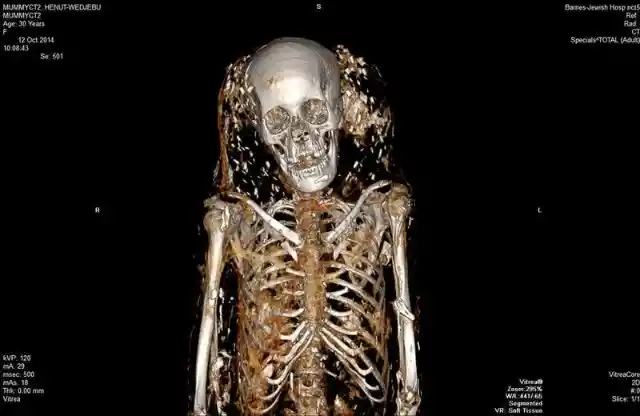
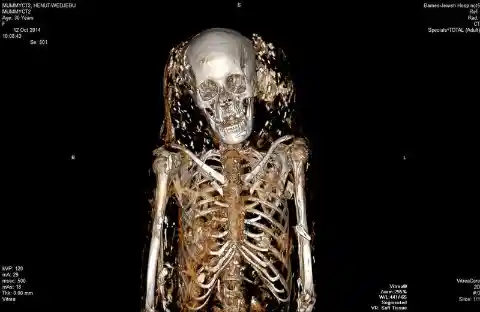
But their work was only just beginning!
Obviously, the man who got dental work didn’t make it. However, we can’t blame this all on the ancient dentists because his teeth were in such a bad condition that it would be difficult to treat them with today’s technology.
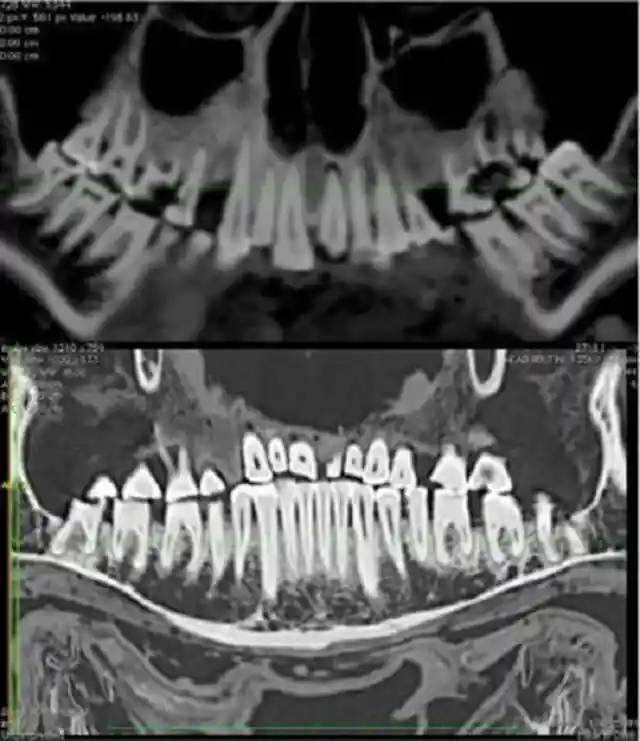
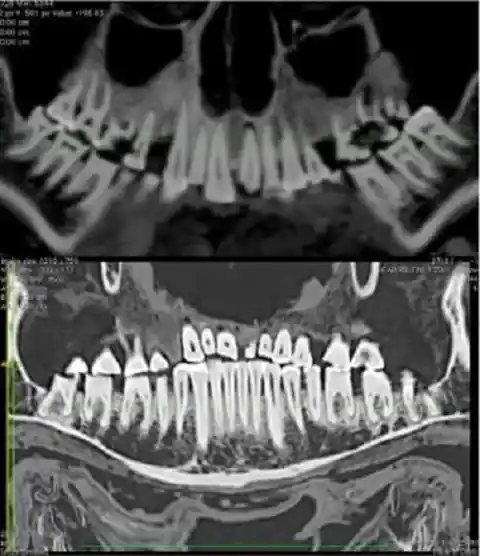
Researchers have also uncovered more secrets about the unknown mummy…
While the ancient dental intervention might have helped the patient, he died in a matter of weeks, probably from a sinus infection.
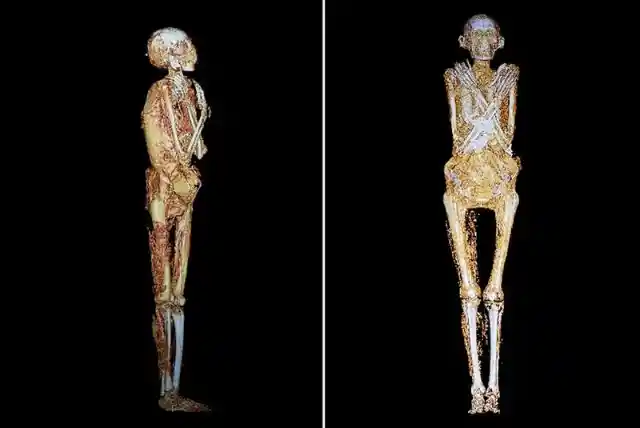
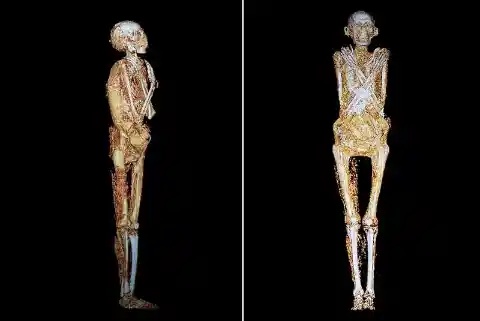
The CT scans also revealed what embalmers did when they prepared the body for burial!
What was very interesting is that while the brain and many other organs were taken out by the embalmers, the mummy’s heart remained inside. Researchers believe that this was a practice used for Egyptians with elite status.
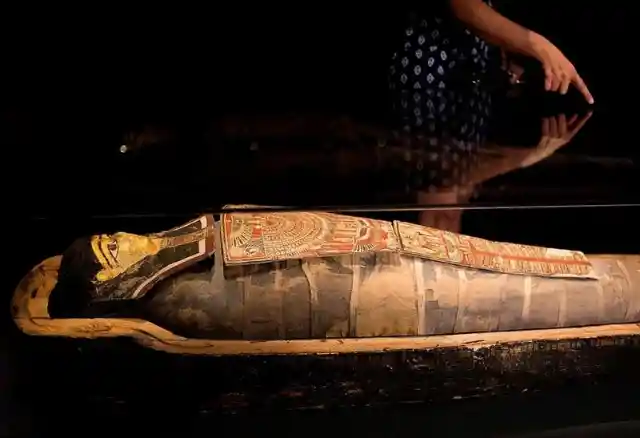
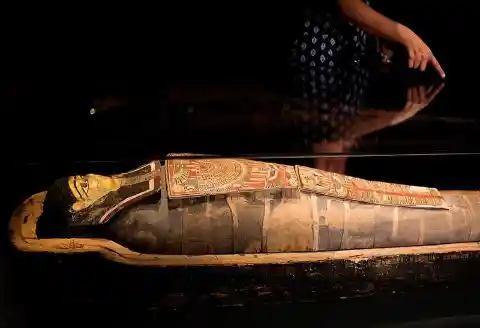
So, after all, this man was quite popular in his time! Where was it found?
After being mummified and the rituals completed, the mummy was placed in a coffin and laid to rest in Thebes. However, it wasn’t uncovered by scientists.
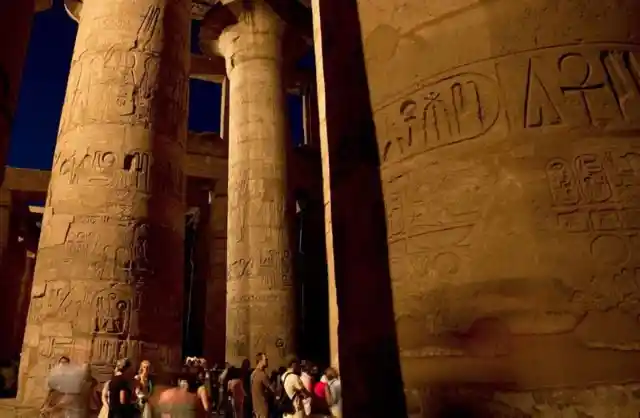
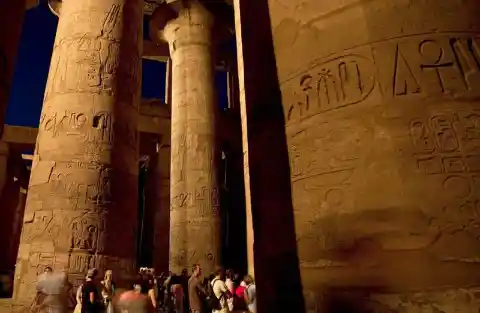
It goes back to 1985 when James Ferrier, a businessman and politician, brought the mummy, without its coffin, to Montreal!
Ferrier sent the mummy to the museum, and here's how the mummy from Thebes is now displayed in the Redpath Museum, at McGill University.
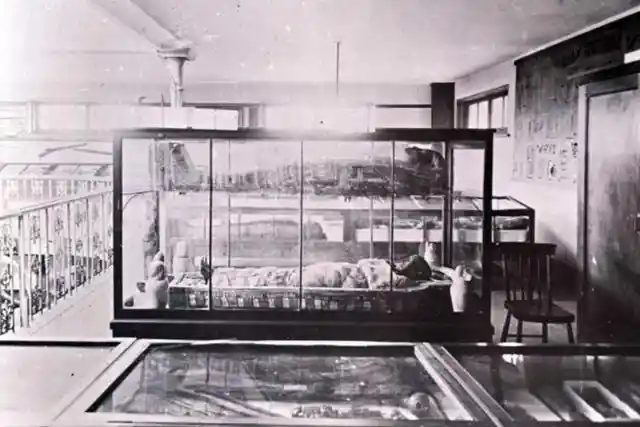
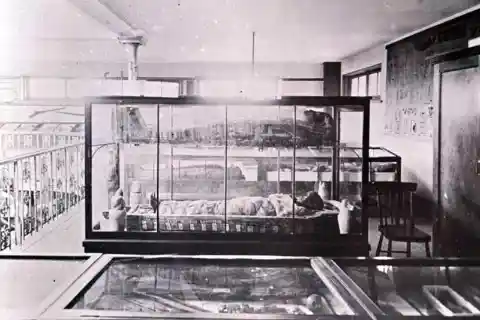
According to Wade, the essential information they revealed and the discovery of 2,100 old dental practices wouldn’t have been possible with the advances in CT technology.
"The technology's come a long way in the last 20 years," he said, explaining that in the mid-1990s, they scanned the mummy and found the little cavity filed with a small linen mass, but the low resolution couldn’t help researchers analyze it. Today’s technology is six times more powerful.
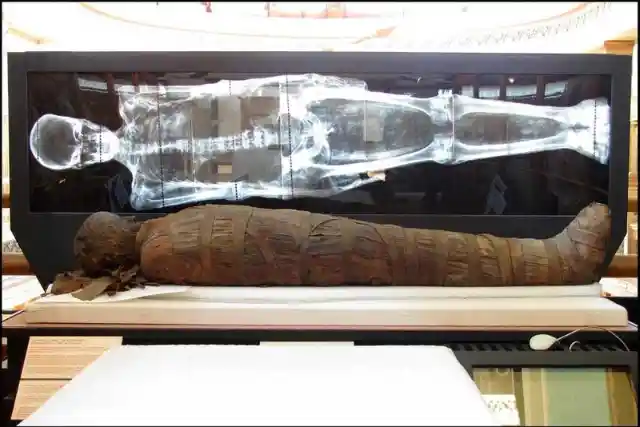
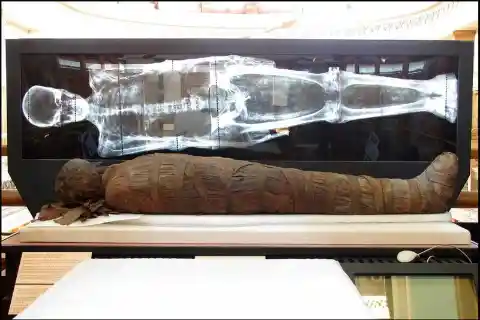
This means more breakthroughs in both medical and paleontological fields!
Did you ever guess that people got dental work during ancient Egypt?
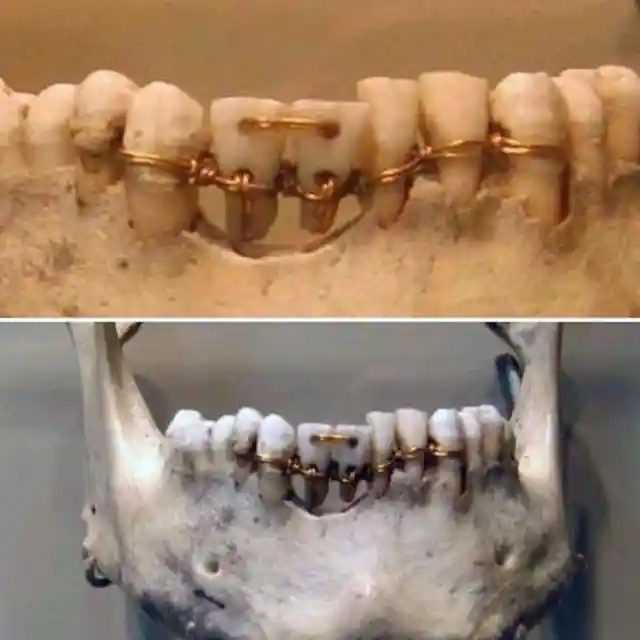
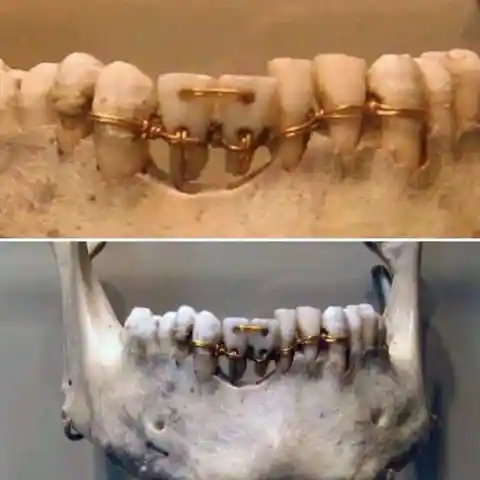
This might come as a surprise but getting dental work was quite a common thing, especially since the diet of Egyptian people was bad for their teeth.
The worst thing about getting dental work in ancient Egypt is that there was nothing as anesthetics.
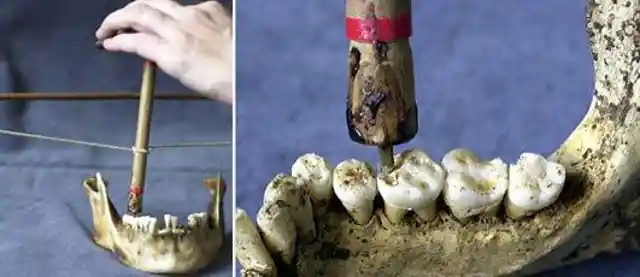
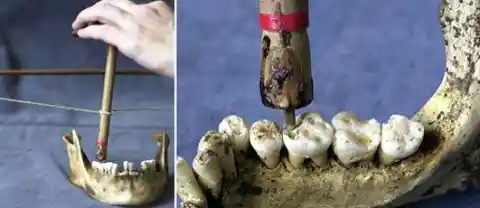
Can you imagine the pain these people must have felt?
Since the knowledge that Egyptian dentists had about teeth wasn’t that great, no one should be shocked to find out that they believed in a myth called the “tooth worm”.
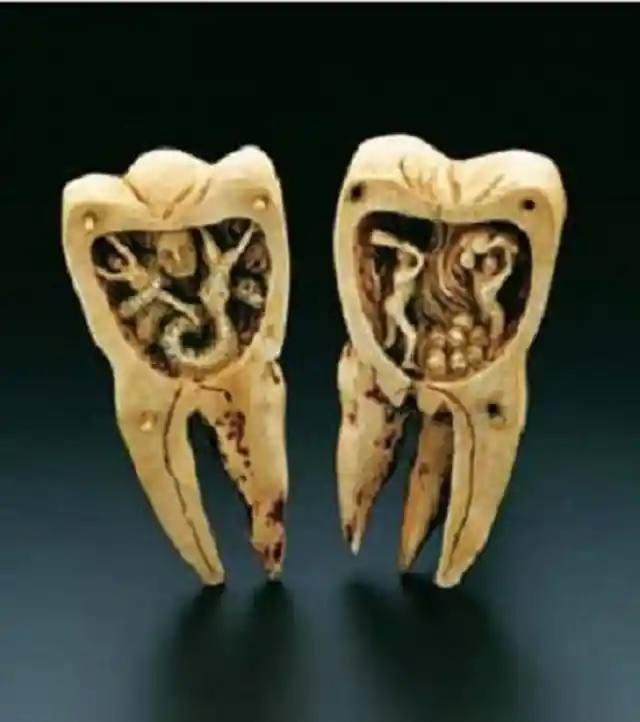
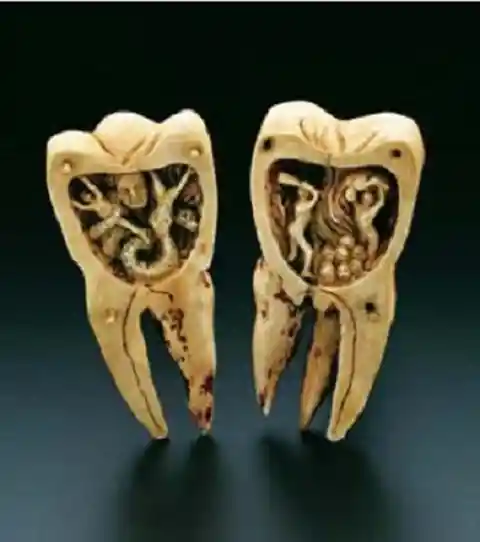
They thought that this mythical worm was the one that caused the cavities.
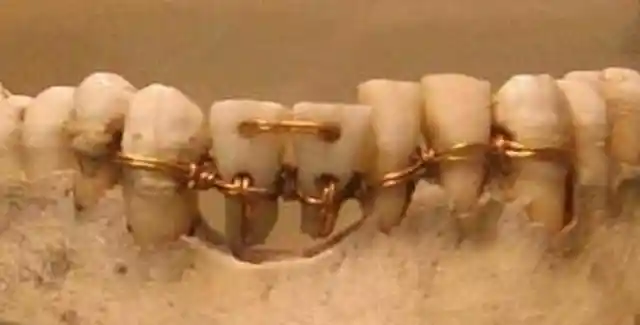
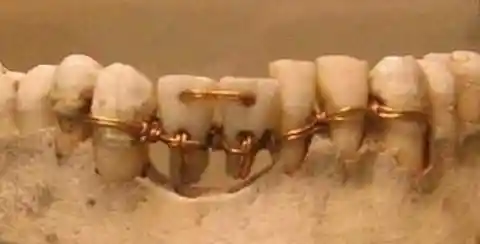
If there is something that we can be sure about, then it has to be the fact that going to the dentist back during ancient Egypt was much scarier than it is today.
We also want to give a worthy mention to the Mayans who also did dental work.
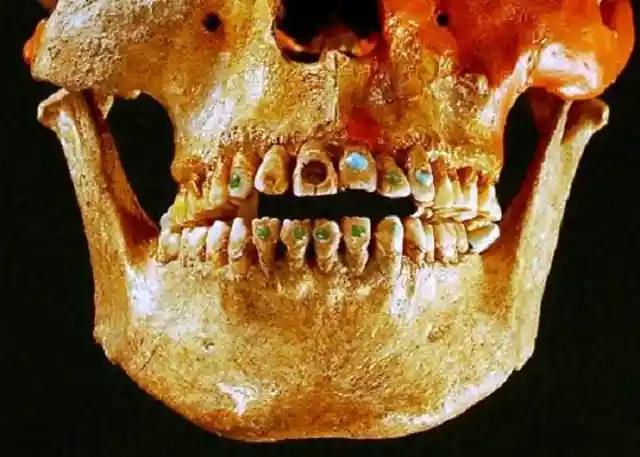
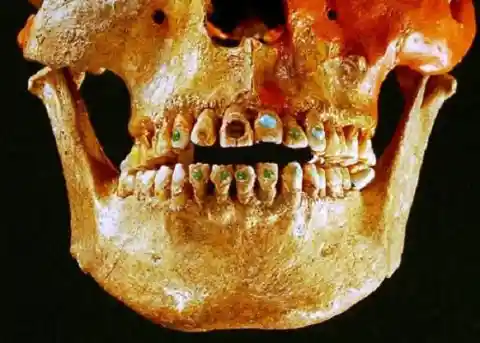
However, the reason why they did it was for cosmetic purposes because they placed precious gems in people’s teeth.
Once again, it’s quite terrifying to think that people had to get their teeth bolted in their gums without having any anesthetic.
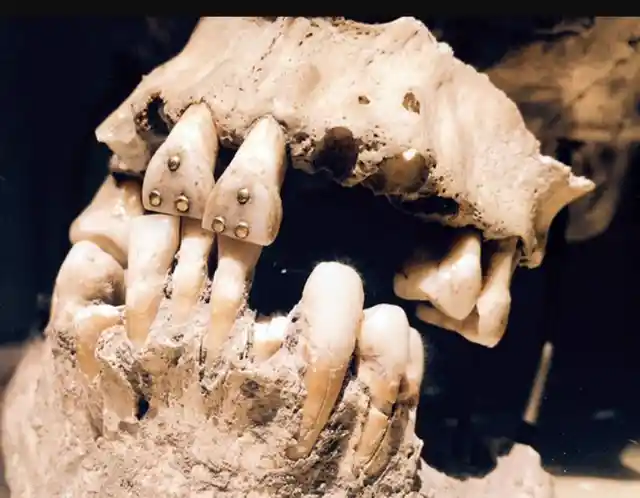
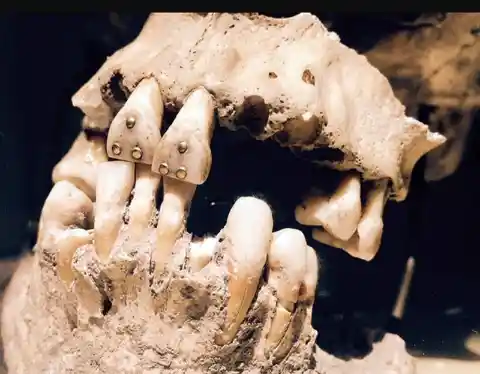
That had to hurt a lot!
Even though the dental work that the dentists from ancient Egypt did wasn’t safe at all, we have to give them praise for pioneering it.
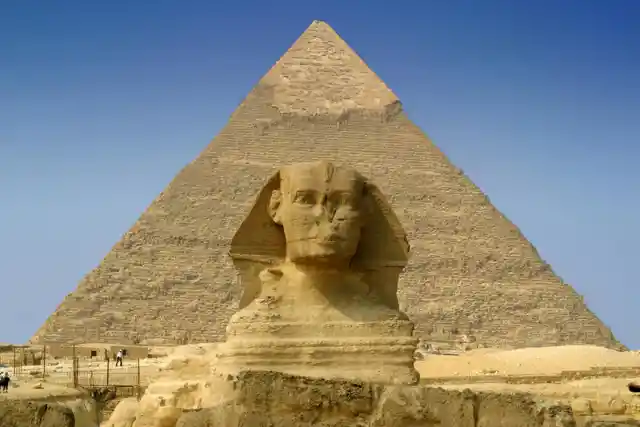
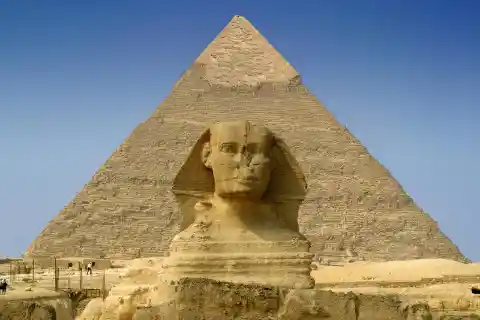
That was surely an interesting time period.
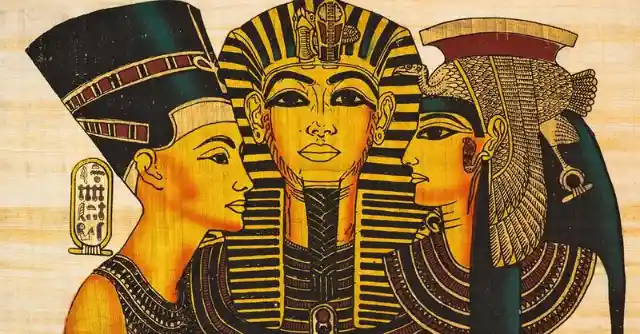
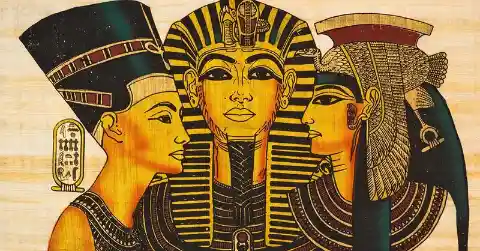
Now that we have seen just how bad teeth can get if you don’t take care of them, we want to end our story by reminding everyone to brush their teeth at least twice a day!